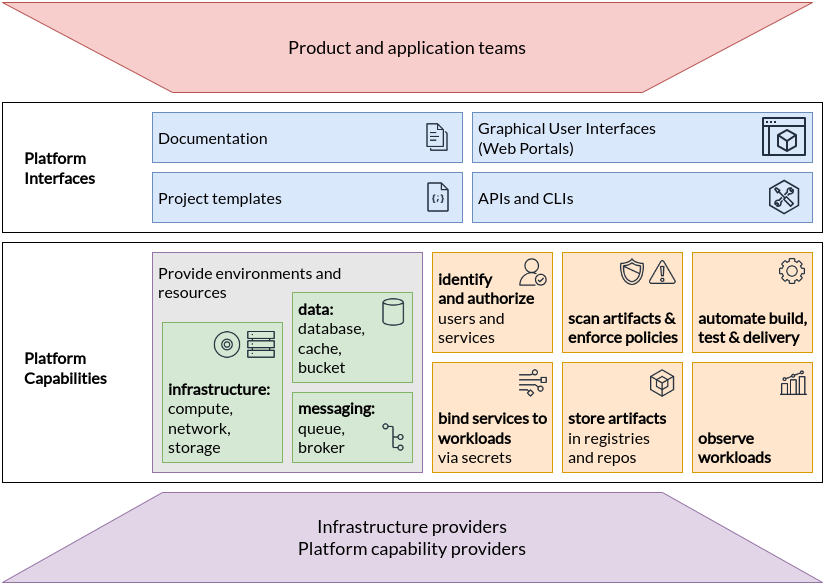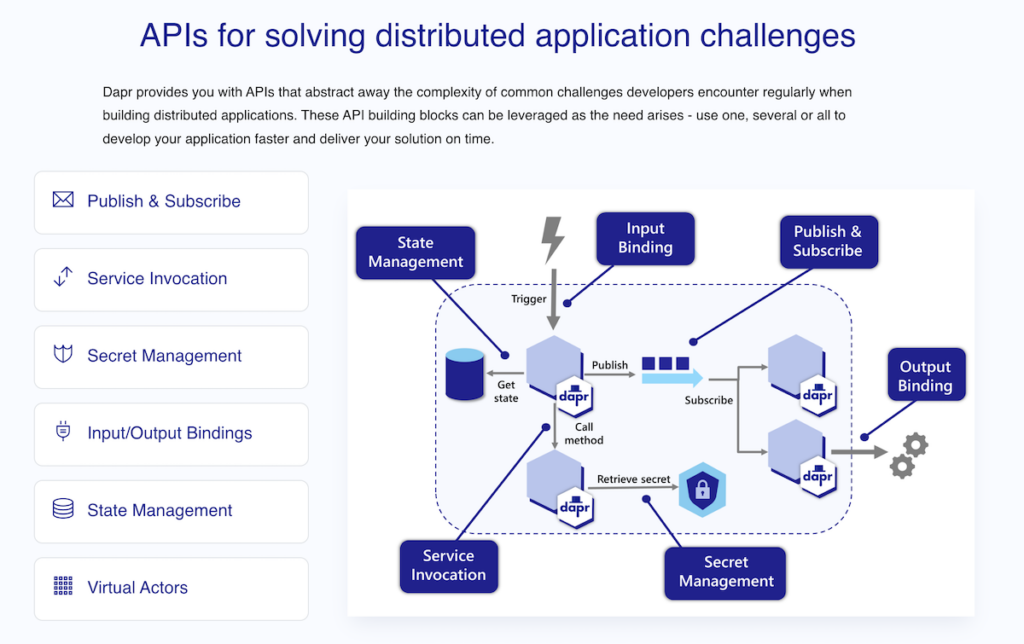Since its inception in 2015, the CNCF community has evolved as a global community supporting open source, and vendor-neutral cloud-native technologies. The North American KubeCon + CloudNativeCon 2023 event in Chicago (Nov. 6 to 9) consisted of 80+ different sessions across 10+ tracks covering the broader spectrum of the Cloud-native landscape.
While I have attended KubeCon multiple times, this has been my first in-person attendance. This article shares key takeaways based on my observations based on sessions I attended at KubeCon + CloudNativeCon.
#1 — It is the place for all vendor-neutral Cloud technologies and a community for technologists
While Kubernetes was the first project donated by Google to the Cloud-native community, there are now 173 projects with 200K+ contributors — evolved as a unified home for Cloud-native technologies.
On Day 1, there were many choices based on the focus areas such as — ArgoCon for GitOps, BackstageCon for IDP, CiliumCon for Networking, Observability, Security, IstioCon for Service Mesh, ObservabilityCon for observability and monitoring, AppDeveloperCon for application developers, MultiTenancyCon, and many more (WASM, Startups, DBaaS, Envoy, Telco, Data on Kubernetes, HPC + AI, Edge Computing).
Additionally, it is a great place to collaborate with Opensource and like-minded technologists — got the opportunity to meet many such people, who are excited about building solutions leveraging the power of the Opensource community.
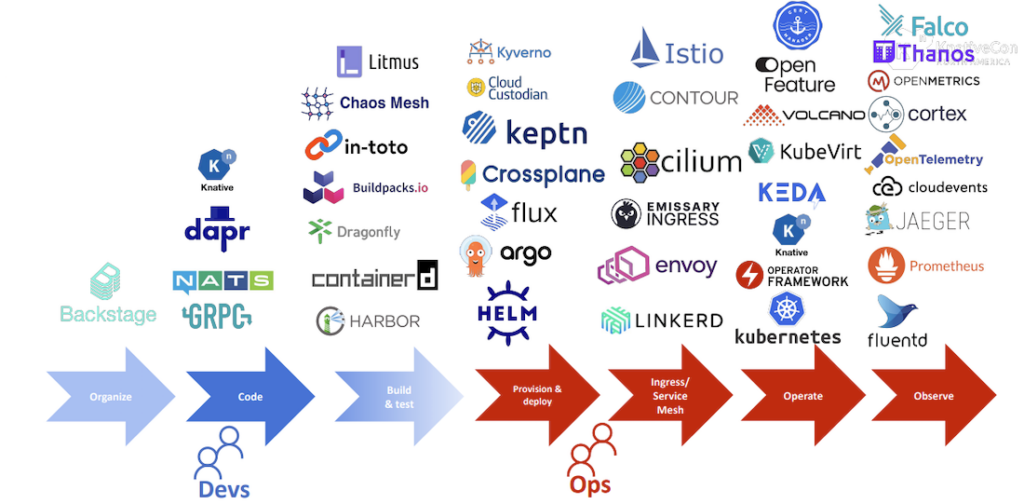
#2 — Platform Engineering emerges as the enabler for providing productivity acceleration
With more than 20+ sessions planned for Platform engineering, Day 1 has started with Backstage, Argo, Dapr, Harness, and many more technologies — enablers for building the internal developer platforms. The application developers’ need for providing abstraction and platform engineering support was highlighted by Diagrid’s CEO (the analogy with Maslow’s need hierarchy):
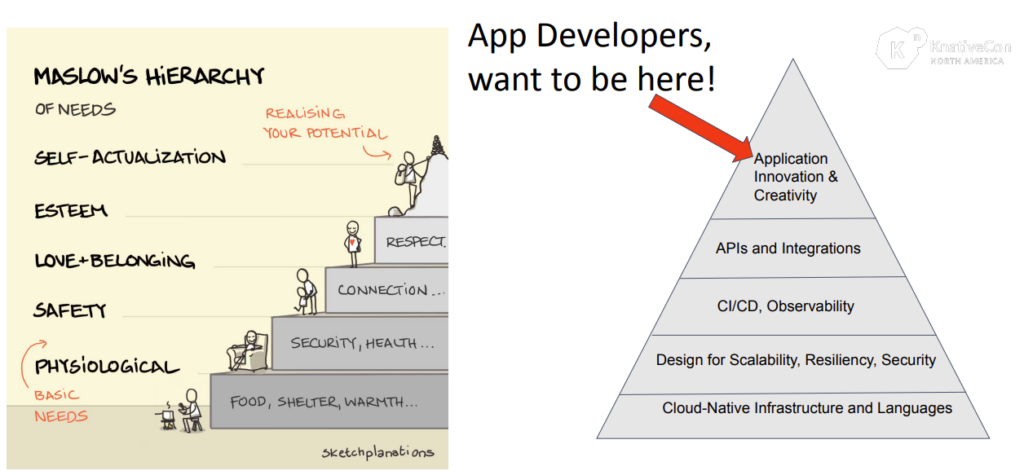
For example — here is the IDP success story and lessons learned by The New York Times along with their cloud-native journey:
- using multiple clusters using k8s operators for tenant management (particularly for onboarding and network isolation)
- customize policies per tenant using operator
- use the Envoy-based ingress model for traffic management
- Using Istio for Multi-tenant setup
CNCF Working Group for Platform Engineering has published this whitepaper for technology leaders to advocate for, investigate, and plan internal platforms for cloud computing:
Additionally, a developer-focused solution like Dapr(providing API-based interface to concerns like pub/sub, workflow, and state management) and Testcontainers (provides lightweight, throwaway instances of common databases, and Selenium web browsers on the local machine) have been exhibited, which helps to inculcate a shift-left mindset:
#3 — Observability and Security is empowered by the Opensource community
- Enabling Software Supply Chain Security has been the key recommendation by the community from DevOps to DevSecOps and now MLOps to MLSecOps considering the rise of Generative AI.
- OWASP community has also published the Top 10 Security Vulnerabilities — click here to read more.
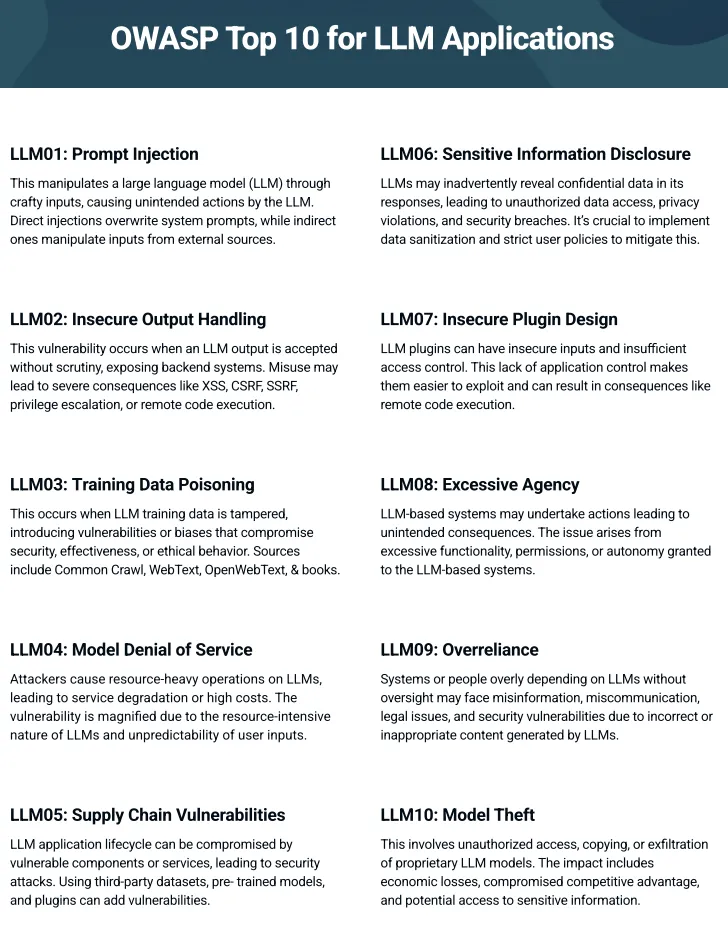
#4 — The more the merrier for Opensource and vendor-neutral technologies
- With 170+ projects, the CNCF community is the home for Opensource and vendor-neutral technologies and the recent adoption of projects like Kubeflow indicates the trend will continue.
- Additionally, below CNCF Technical Advisory Groups have already been created to strengthen the ecosystem for end users and project contributors:
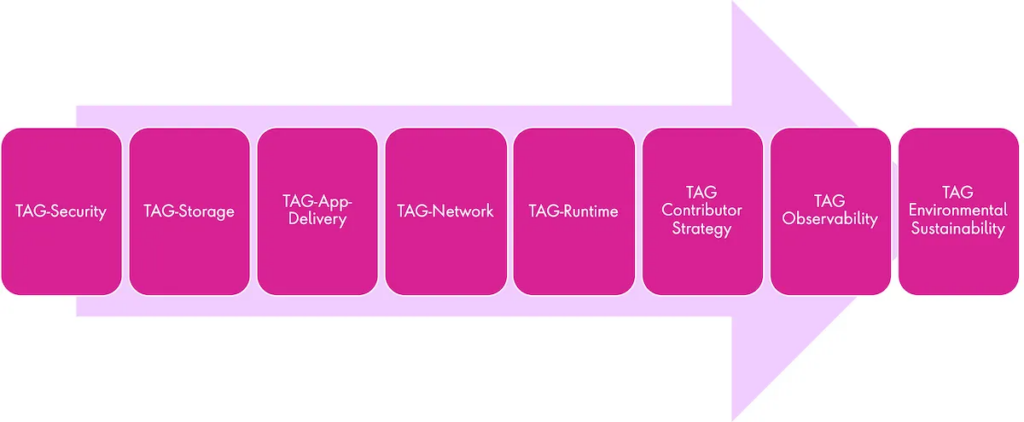
The DevStats website (created by the community for analyzing and graphing developer contributions) provides insights about the growing contributions across the projects:
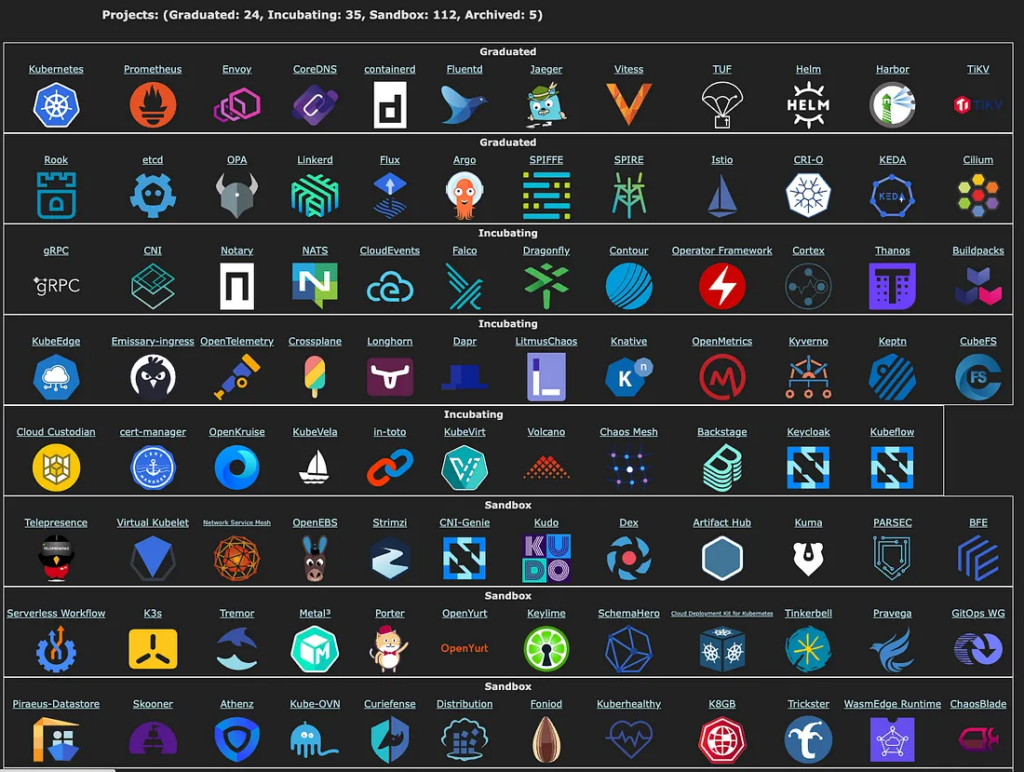
Also, the comprehensive collection of CNCF landscapes for reference such as (the complete list is available here — The Linux Foundation Landscapes):
- Overall CNCF Cloud Native Interactive Landscape
- LF AI & Data Foundation Interactive Landscape
- OpenSSF Landscape
Additionally, these projects have been the key focus area during the event with Kubernetes as a ubiquitous technology along the spectrum:
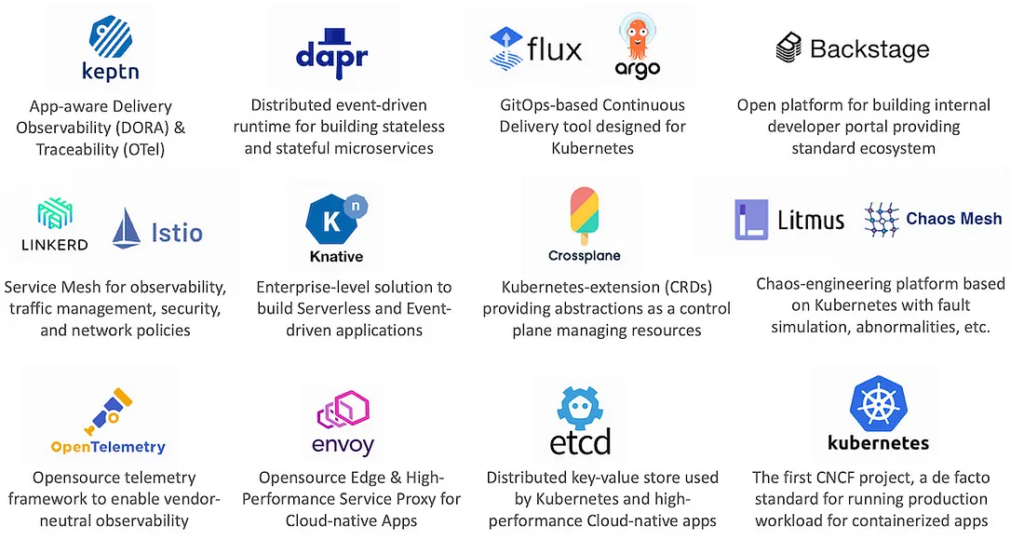
To conclude, while I covered my observations — there are many aspects such as the inclusiveness & diversity of the community, the broader spectrum of the technology landscape, and the exhibition of solutions by project maintainers and vendors have been key highlights of the event.
Disclaimer:
All data and information provided on this blog are for informational purposes only. This makes no representations as to the accuracy, completeness, correctness, suitability, or validity of any information on this site and will not be liable for any errors, omissions, or delays in this information or any losses, injuries, or damages arising from its display or use. All information is provided on an as-is basis. This is a personal opinion. The opinions expressed here represent my own and not those of my employer or any other organization.


